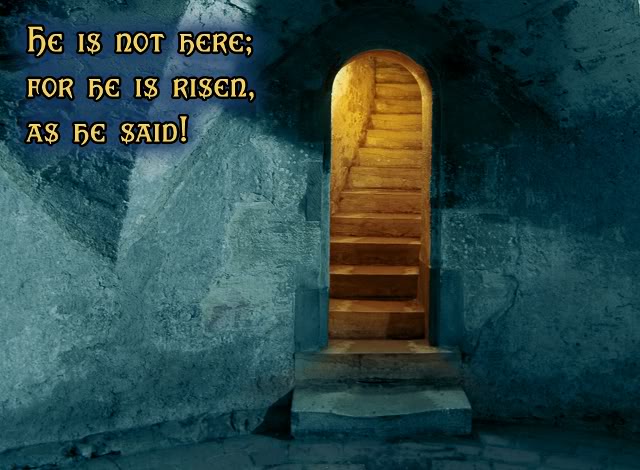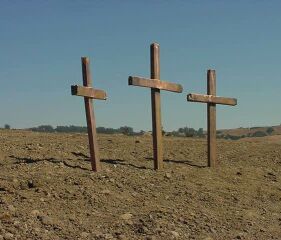One detail in the Easter story has always intrigued me. Why did Jesus keep the scars from His crucifixion? Presumably He could have had any resurrected body He wanted, and yet He chose one identifiable mainly by scars that could be seen and touched. Why?
I believe the story of Easter would be incomplete without those scars on the hands, the feet, and the side of Jesus (John 20:27). Human beings dream of pearly straight teeth and wrinkle-free skin and ideal body shapes. We dream of an unnatural state: the perfect body. But for Jesus, being confined in a skeleton and human skin was the unnatural state. The scars are a permanent reminder of His days of confinement and suffering on our planet.
From the perspective of heaven, those scars represent the most horrible event that has ever happened in the history of the universe. Even that event, though, turned into a memory. Because of Easter, we can hope that the tears we shed, the struggles we endure, the emotional pain, the heartache over lost friends and loved ones--all these will become memories, like Jesus' scars. Scars never completely go away, but neither do they hurt any longer. Someday we will have re-created bodies and a re-created heaven and earth (Rev. 21:4). We will have a new start, an Easter start.
Thomas is a disciple about whom we know very little. He is mentioned only a few times in the biblical record, and he himself speaks only in three places. Many point to Thomas's first recorded words as a strong statement of faith and commitment to Jesus: "Let us also go, that we may die with him" (John 11:16).























